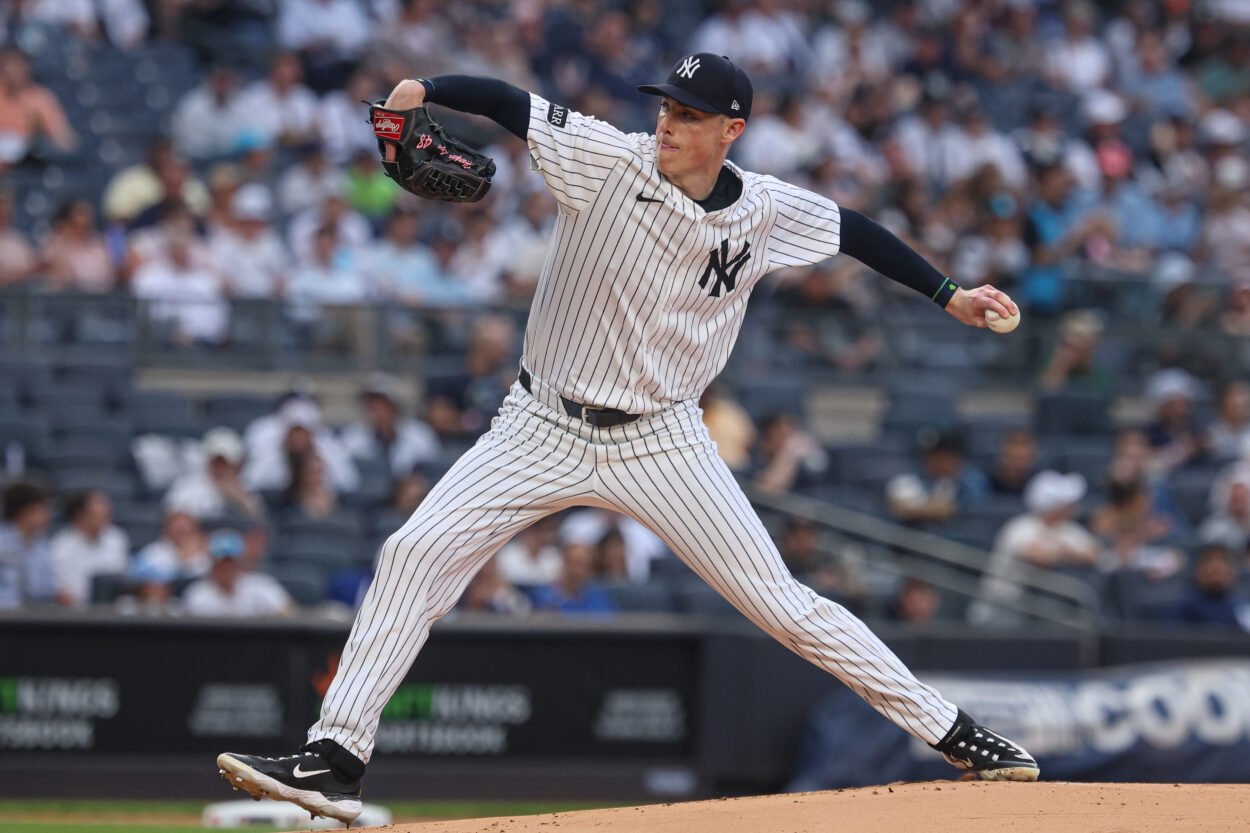
Some moves don’t grab headlines but quietly fill a crucial need. The Yankees extending Ryan Yarbrough over the weekend falls into that category — a subtle, strategic decision aimed at strengthening a bullpen that lacked a dependable left-handed option for stretches of last season. Yarbrough isn’t being brought in to be a star. He’s being brought in to solve a specific problem, and the front office believes he’s the right fit to do it.
The 33-year-old’s numbers paint a complicated picture, but the Yankees see past the surface-level ERA and into the usage that makes him valuable.
Yarbrough’s recent track record shows the upside the Yankees are targeting
On paper, a 4.36 ERA across 64 innings last season doesn’t jump off the page. But the Yankees didn’t extend Yarbrough based on those months alone. They’re focused on what he did the year prior, when he posted a 3.19 ERA over 98.2 innings in 2024. That version of Yarbrough — efficient, deceptive, and durable — is the pitcher they believe they can unlock again.

Injuries threw his 2025 season off rhythm, derailing what looked like a promising start. The Yankees are confident that with a clean bill of health and a more defined role, they can extract the value he showed two years ago.
Even more importantly, Yarbrough gives them something they didn’t have enough of: flexibility.
A lefty specialist who can handle multiple roles
The Yankees aren’t signing Yarbrough to be a traditional reliever or a pure swingman — he’s both. His ability to spot start, bridge multiple innings, or enter for matchup-specific situations gives Aaron Boone tactical options he didn’t consistently have last season.
The pitch mix is a big reason why. Yarbrough works with five pitches: a cutter, changeup, sinker, sweeper, and four-seam fastball. His fastballs weren’t effective in 2025 — hitters jumped on them early and often — but his secondary pitches still generated the soft contact and weak swings that have defined his career.
That becomes especially valuable against left-handed hitters.
Yarbrough dominated left-handed opponents — exactly what the Yankees need
Few pitchers in baseball were as effective against lefties last season. Opposing left-handed hitters managed just a .198 average, a .216 on-base percentage, and a .360 slugging rate against Yarbrough. Those are elite splits, and the Yankees have spent years seeking a dependable lefty specialist who can neutralize tough left-handed bats late in games.
This is that role.
Right-handed hitters had far more success, hitting .263/.341/.481 — a reminder that Yarbrough isn’t meant to be deployed universally. But in the right lane, he can be a real problem for opponents, especially in late-game situations where matchups decide innings.
Yarbrough’s ability to generate soft contact and avoid walks also fits well with the Yankees’ defensive structure, which has improved significantly over the past two seasons.
The Yankees aren’t asking for perfection — just precision
The extension isn’t about making Yarbrough a high-leverage centerpiece. It’s about giving the bullpen a left-handed chess piece with very specific matchup advantages. He doesn’t need to mow down an entire lineup. He just needs to retire the hitters Boone brings him in to face.
If he does that, the Yankees get value. If he recaptures the 2024 form over a larger sample, they get a bargain.
A smart, low-risk move that strengthens the bullpen’s identity
The Yankees have built their recent bullpens around depth, versatility, and specialists who complement their power arms. Yarbrough fits that mold perfectly. He fills the left-handed void, brings experience, and offers multiple paths to innings depending on how the rotation and bullpen shake out over the season.
There’s nothing flashy about this signing. But it’s the kind of marginal upgrade that matters in tight games and long seasons.
If Yarbrough gives the Yankees the version of himself they saw in 2024 — even in shorter bursts — he’ll quietly become one of the team’s more valuable supporting pieces in 2026.
